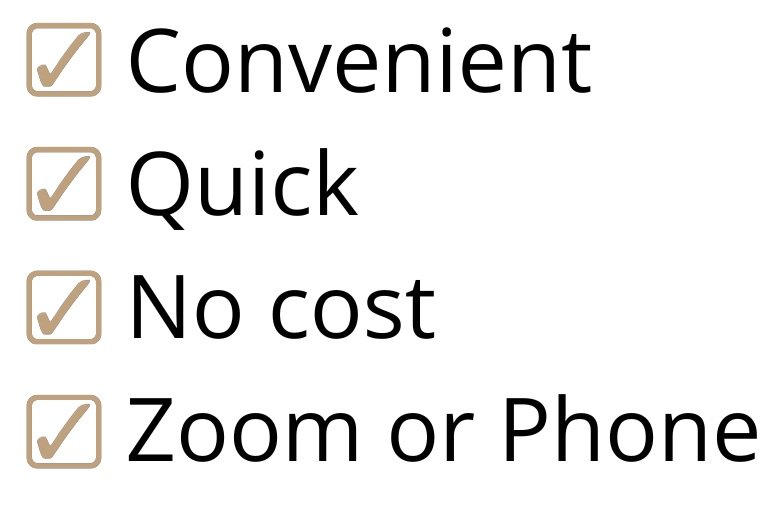Disabled but Don’t Qualify for Disability in Canada? Here’s What You Need to Know (2025)
Hi, David Pipe here — founder of WealthTrack. You’re unable to work. You’re dealing with a serious illness, injury, or chronic condition. You do everything right — apply for government disability benefits — and then you get the letter:
“You do not qualify.”
It’s a gut punch. For many Canadians, disability benefits are supposed to be a lifeline. So when that support doesn’t come through, the question becomes: What now?
In this article, we break down why disability applications are often denied, what “not qualifying” really means, and what options you still have — even if you’ve been turned away.
Interested in Building Wealth?
Reach out to WealthTrack today!
Why Disability Benefits Get Denied
There are two main disability benefit programs in Canada:
CPP Disability – Federal
Provincial disability programs (like ODSP in Ontario, PWD in BC, AISH in Alberta, etc.)
Each has its own eligibility criteria, but denials usually boil down to one of these core reasons:
1. You don’t meet the medical definition
Most disability programs define disability as a severe and prolonged condition that keeps you from doing any gainful work, not just your current job.
This is a high bar.
Even if your condition is debilitating, if there's any type of work you could theoretically do — in an office, remotely, part-time — your claim may be denied.
2. Your condition isn’t well-documented
No matter how real your symptoms are, you need clear medical records that prove:
Diagnosis
Severity
Functional limitations
Prognosis
If your file is missing specialist reports, functional assessments, or consistent doctor notes, your application might not be approved.
3. You didn’t meet non-medical criteria
You may not have contributed enough to CPP (for federal disability)
Your income or assets may be too high (for provincial programs)
You may be seen as not cooperating — missing paperwork, skipping appointments, or not following treatment plans
Common Conditions That May Not Qualify (Alone)
It’s frustrating, but some common conditions are often not considered “severe” enough on their own:
Chronic pain or fibromyalgia
Depression or anxiety (without severe functional impact)
Mild traumatic brain injuries
Back problems without surgical intervention
Fatigue-related conditions (like Long COVID)
That doesn’t mean these aren’t real or life-altering — just that proving their severity and impact is legally difficult under current guidelines.
What to Do If You’ve Been Denied
If you’ve been told you don’t qualify, you still have several paths forward.
1. Review the denial letter carefully
Most denial letters will explain:
Why you didn’t qualify
Which evidence was missing or insufficient
What your rights are to appeal
Understanding the specific reason for denial is the first step toward fixing it.
2. Consider filing an appeal
You usually have the right to:
Request a reconsideration (a second look at your application)
File a formal appeal if you believe the denial was unfair
Many appeals are approved once additional evidence is submitted — especially medical documentation, work impact assessments, or functional evaluations from specialists.
3. Get help
Applying (or appealing) alone can be overwhelming. It may help to work with:
Legal clinics or disability support lawyers
Social workers
Community advocacy groups
Private disability consultants
They can help strengthen your case, gather better evidence, and navigate the red tape.
Struggling with a denial or confusing eligibility?
Let’s help you figure out your options.
We’ll connect you with resources or advisors who can help clarify your next steps — no cost, no pressure.
Alternatives If You Don’t Qualify for Disability Benefits
Even if government programs have turned you down, you might still have access to support elsewhere.
1. Private Disability Insurance
If you’ve had a group benefits plan through work or bought a personal disability policy, check:
Short-term disability: Often lasts 15–26 weeks
Long-term disability: Can last years (or to age 65), but approval depends on plan wording
Many people forget they even have this coverage — check old work documents or benefits cards.
2. Worker’s Compensation (WSIB/WCB)
If your disability is due to a workplace injury or illness, you may qualify for provincial worker’s compensation, even if you don’t qualify for general disability.
3. Employment Insurance (EI) Sickness Benefits
This federal program pays up to 15 weeks of income support for temporary medical issues. It’s easier to qualify for than long-term disability, and can be a bridge while applying for other supports.
4. Community Resources & Nonprofits
Depending on your condition, there may be local or national organizations that offer:
Food support
Emergency financial relief
Transportation help
Housing advocacy
Search for condition-specific nonprofits or ask your healthcare provider for referrals.
Long-Term Solutions: Reapplying or Planning Ahead
Some people get denied benefits the first time but qualify later, once:
Their condition worsens
They’ve had more testing or medical follow-up
They’ve gathered more complete evidence
If you're not eligible now, don’t give up entirely. Keep:
Visiting your doctors
Following all recommended treatments
Logging symptoms and functional impacts
Collecting reports and paperwork
When you’re ready to reapply, your case will be stronger and better supported.
Get Professional Advice

Hello, I’m David Pipe. At WealthTrack, we can help you reach your financial goals — book a free 15-minute call with us today to find out how to get started.

Final Thoughts
Being disabled but not qualifying for disability benefits is one of the most frustrating positions to be in — and unfortunately, it’s a reality for thousands of Canadians every year.
But a denial doesn’t mean the end of the road.
There are options, workarounds, and support — and with the right help, many people are able to win appeals, find alternative coverage, or build a stable support plan despite the system’s limitations.

